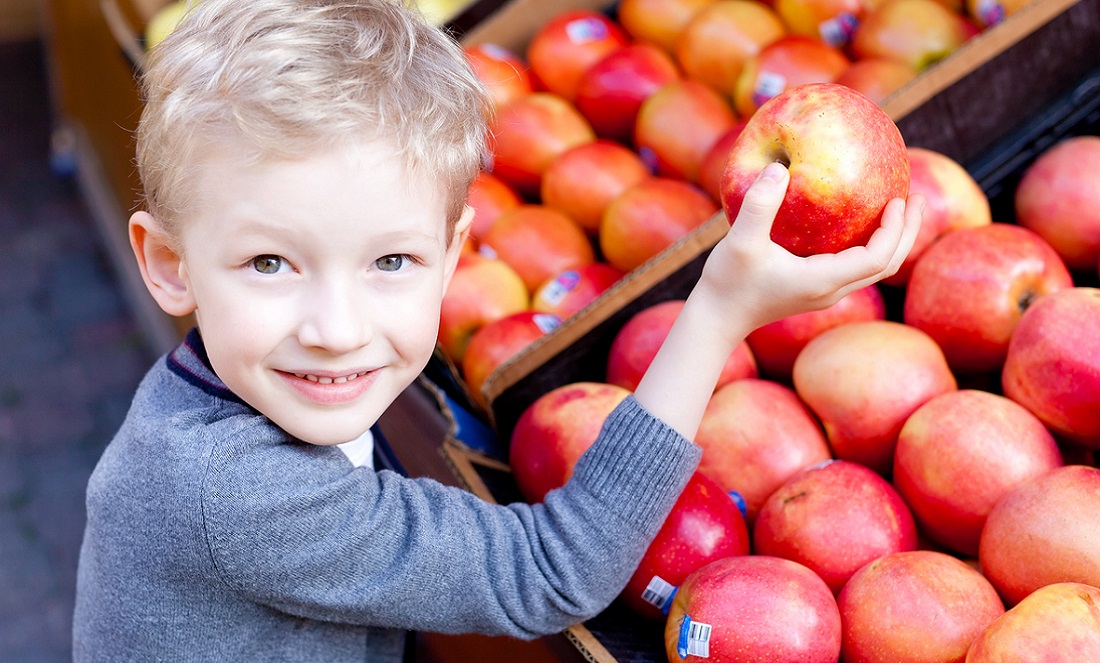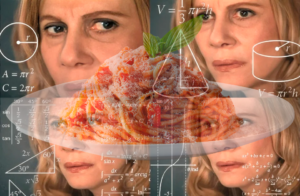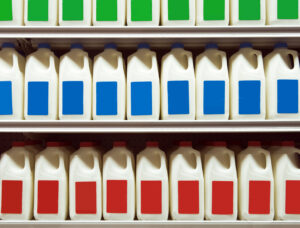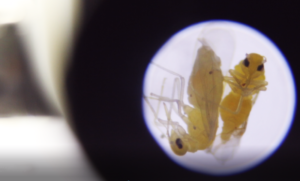Only about 13% of regional and remote WA kids (aged 9 to 13 years) are eating enough vegetables each day, according to an ECU-led study.
That’s five or more serves a day—and a serve is equal to one cup of salad or half a cup of cooked vegetables. I’ll wait while you grab yourself a carrot stick …
Getting your greens
“Kids like eating veggies about as much as they like cleaning their room!” I hear you say.
It’s not that country kids hate eating cauliflower—they actually like veggies. Only 12% of parents and caregivers interviewed for the study said their kids weren’t keen on the taste.
Researcher Dr Stephanie Godrich from ECU’s School of Medical and Health Sciences says vegetable quality and high prices are to blame for poor diets.
“Over half the respondents indicated they would eat healthier food if their local food outlets stocked healthier options,” she says.
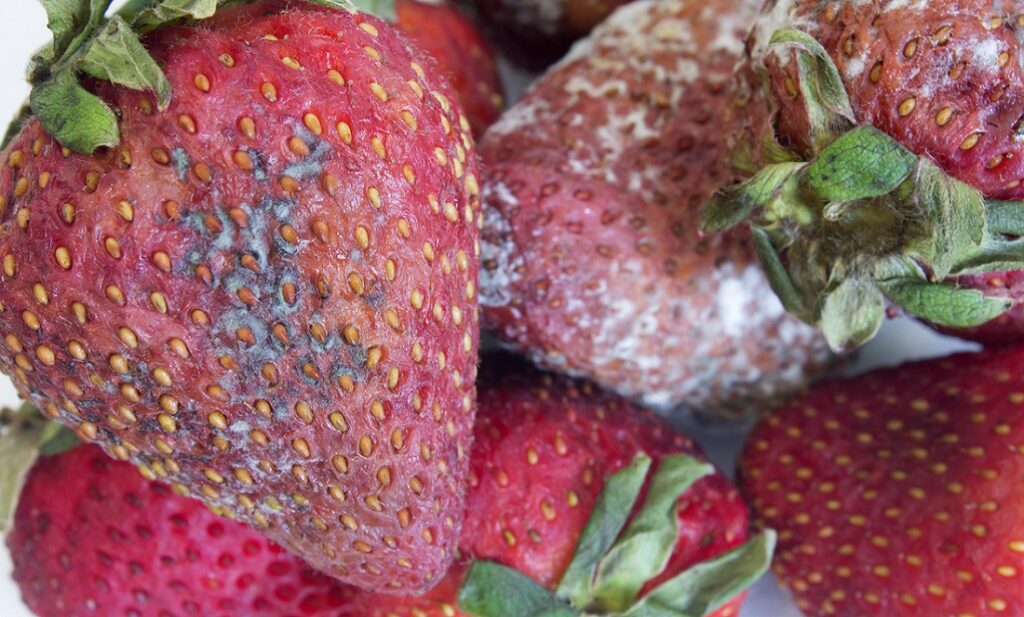
“One-third pointed to food quality as being ‘sub-optimal’. This includes vegetables not being fresh in their local shops or spoiling soon after getting them home.“
Price was also an issue, with nearly 80% believing food was more expensive for them than in other communities. Although the study didn’t analyse the actual cost of fresh and healthy food in country WA, there are other studies that have.
The study showed choice to be a big factor. People who said they had enough food outlets in town were 10 times more likely to eat enough vegetables.
Another positive was that healthy eating messages and advertising seem to impact healthy food habits.
Best of the bunch
You’ve probably heard of food bowls where fresh food is plentiful, but many regional and remote areas of WA are known as food deserts. This means veggies need to travel long distances to feed people in the country and are often a bit worse for wear once they get there.
One way around this is for supermarkets to provide not just fresh vegetables but more of those that have been frozen or canned.
“Frozen and no-added-salt tinned offerings provide more opportunities for children to consume adequate quantities of vegetables at a more affordable cost and with fewer quality issues than fresh vegetables,” Stephanie says.
“These are convenient, and they are usually more readily available when their fresh counterparts are out of season.”
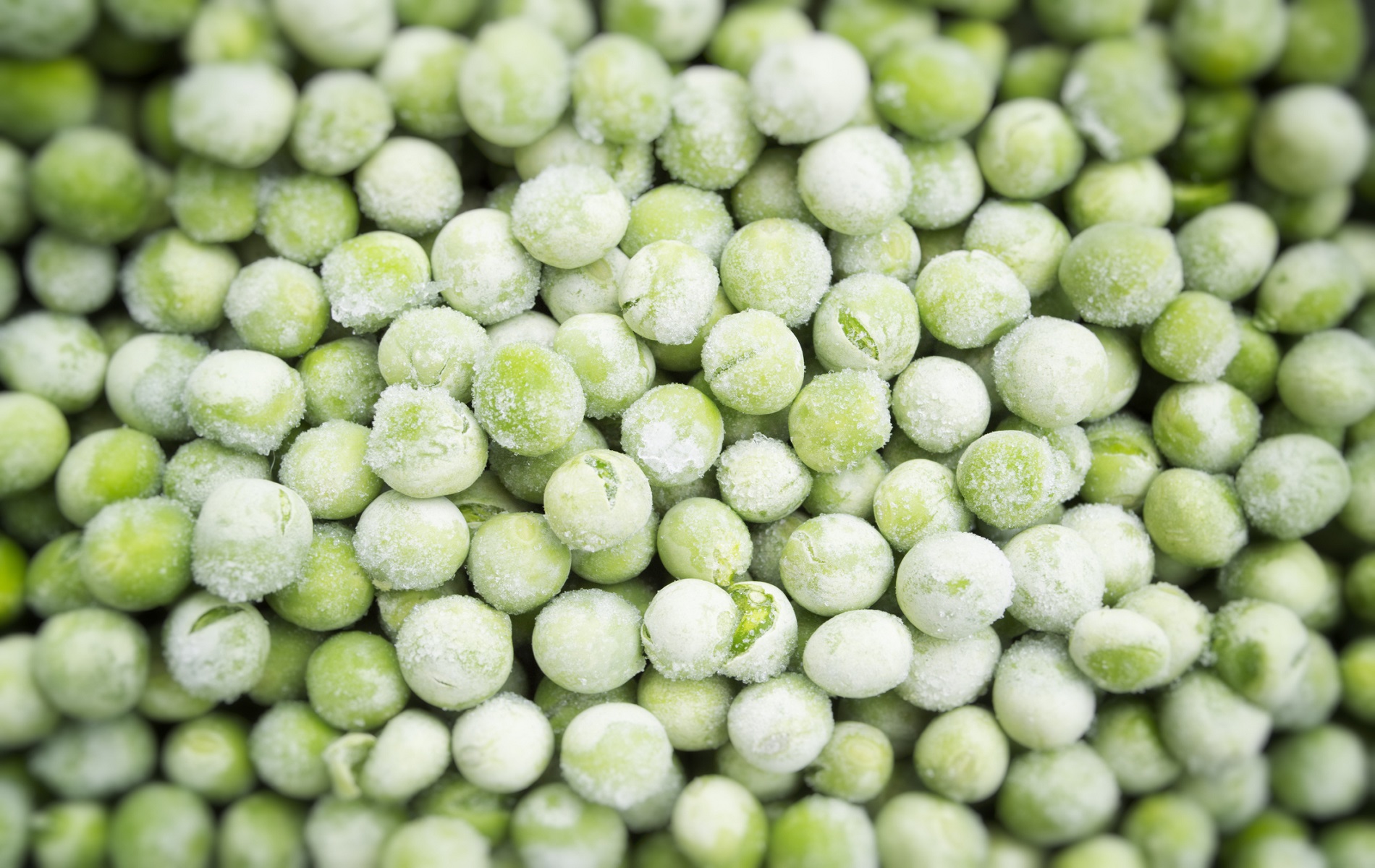
Growing up into healthy adults
Kids need veggies in their diet to help prevent chronic disease and health issues related to obesity. Good food cuts down the chance of them developing high cholesterol and high blood pressure later in life, as well as chronic diseases like type 2 diabetes, cardiovascular disease and various types of cancers.
Stephanie says making sure kids get a steady supply of good food should be a group effort. She encourages parents, health practitioners, retailers and schools to get on board.
“We would like to see more reliance on regional or local-level food supply, which may increase availability and quality and decrease cost of healthy food like vegetables,” she says.
“The results of this study highlighted the inequalities associated with living in regional and remote WA.”
This research was supported by a Western Australian Health Promotion Foundation (Healthway) research grant.



